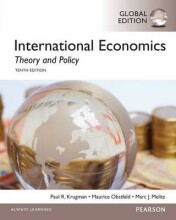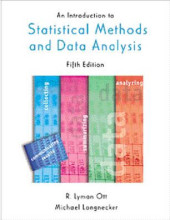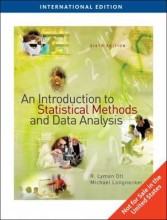Booms and recessions (I): The Keynesian Cross - The circular flow model revisited: terminology and overview
14 important questions on Booms and recessions (I): The Keynesian Cross - The circular flow model revisited: terminology and overview
What does the formula AE = C + I + G + EX - IM represent in economics?
- C represents Consumer Spending.
- I is Investment by businesses.
- G denotes Government Spending.
- EX means Exports.
- IM refers to Imports.
What does the circle in Figure 2.6 represent in terms of economic activity?
- Taxes reduce income to disposable income (Y - T).
- Savings reduce disposable income to consumption (C = Y - T - S).
- Exports, investment, and government spending added to consumption minus imports for total expenditure (C + I + G + EX - IM).
When is a economy in equillibrium?
(That is, when firm produce the same amount as consumers want to purchase)
- Higher grades + faster learning
- Never study anything twice
- 100% sure, 100% understanding
What is the equation for total expenditure?
- It is equivalent to total income.
Are transfers paid for by taxes included in aggregate output?
What influence do transfers have on the variables G and T?
How is Disposable income represented in the diagram?
How does the broad definition of Investment guarantees the circular flow equality?
What is 'G' indicating in the government sector?
Which sector is interacting with the 'Rest of the world' in the diagram?
What equations are given at the bottom of the government sector?
What equation includes Savings in the diagram?
Where does 'S' flow from and to in the diagram?
What is the flow of 'C - IM' indicating in the diagram?
The question on the page originate from the summary of the following study material:
- A unique study and practice tool
- Never study anything twice again
- Get the grades you hope for
- 100% sure, 100% understanding
































